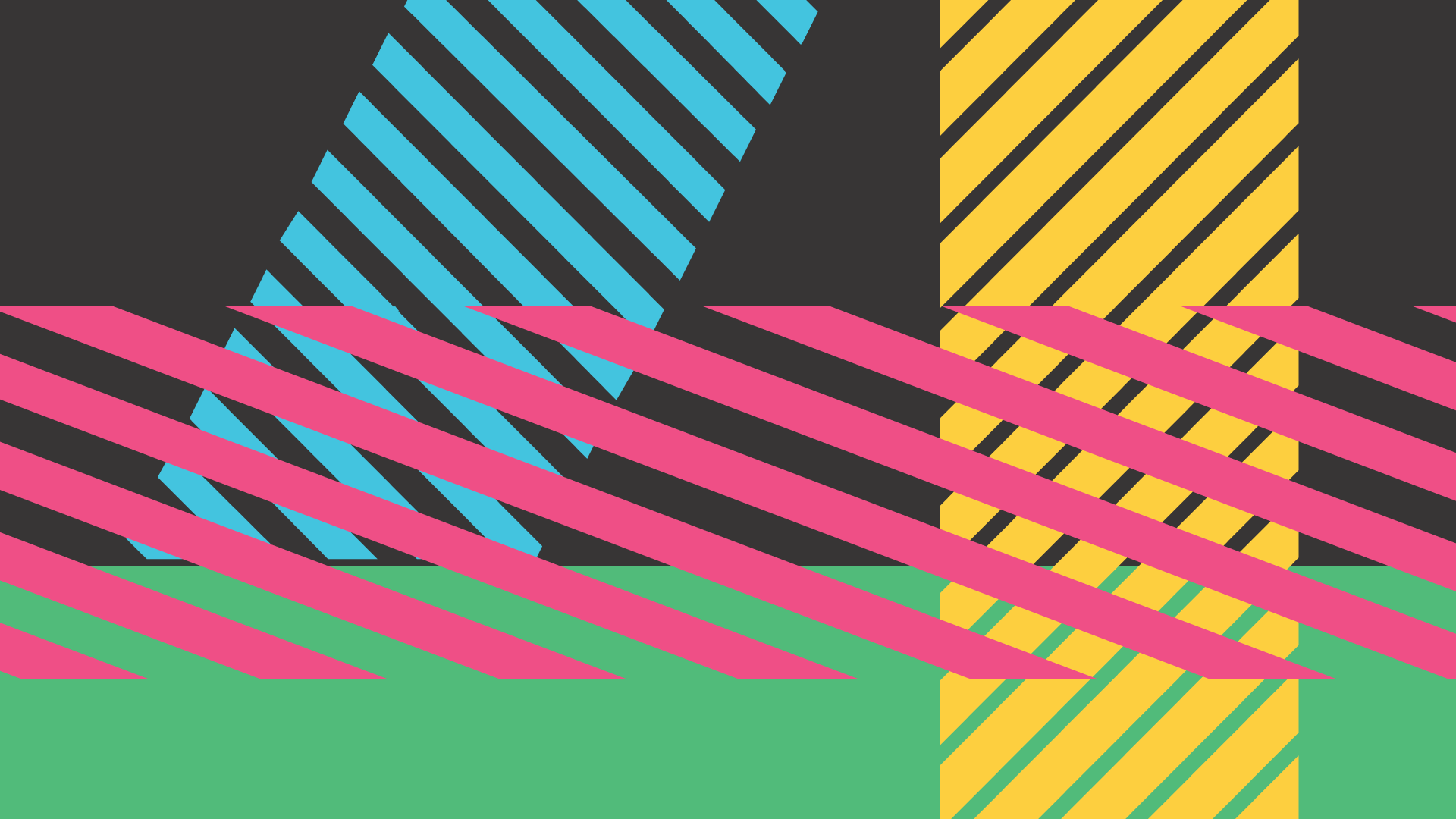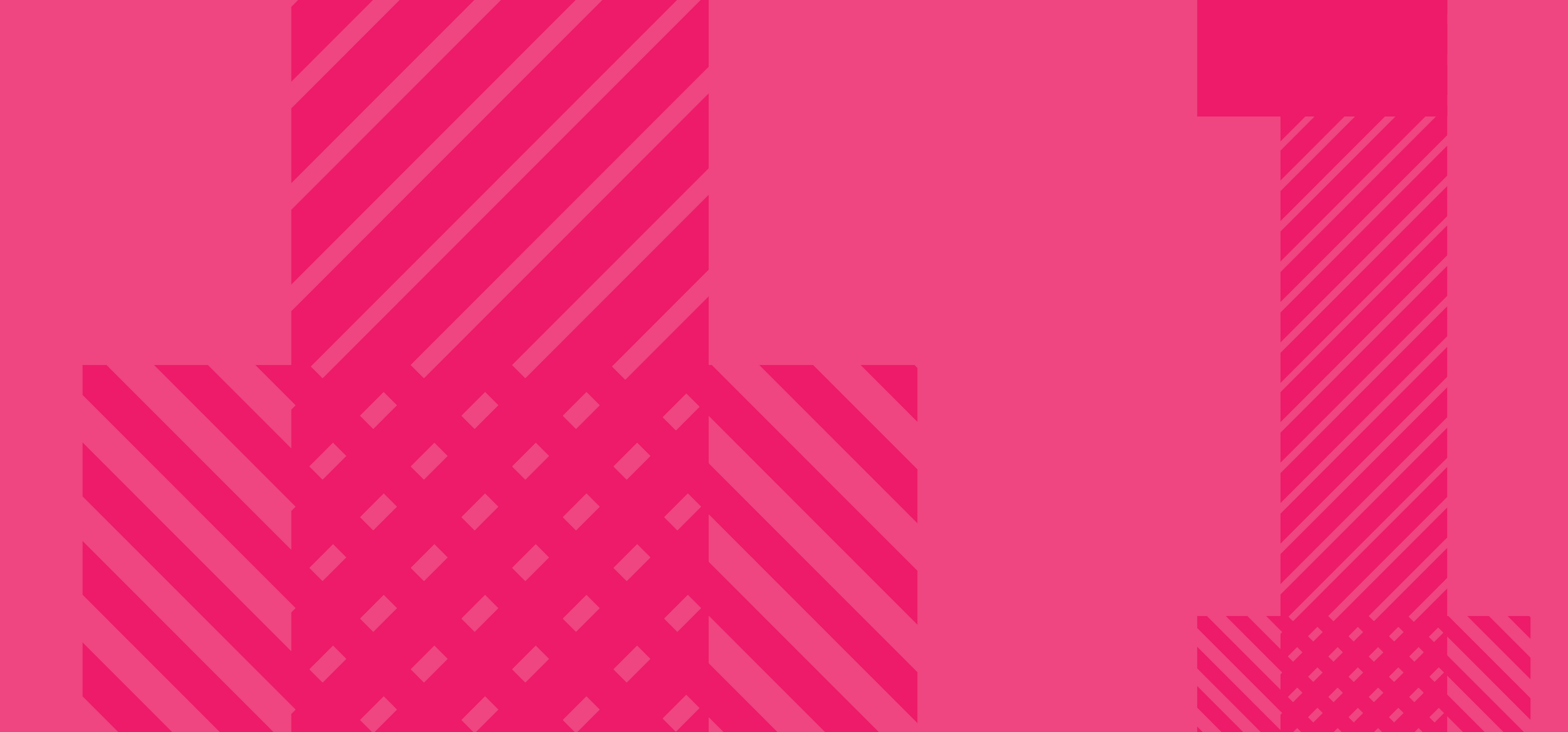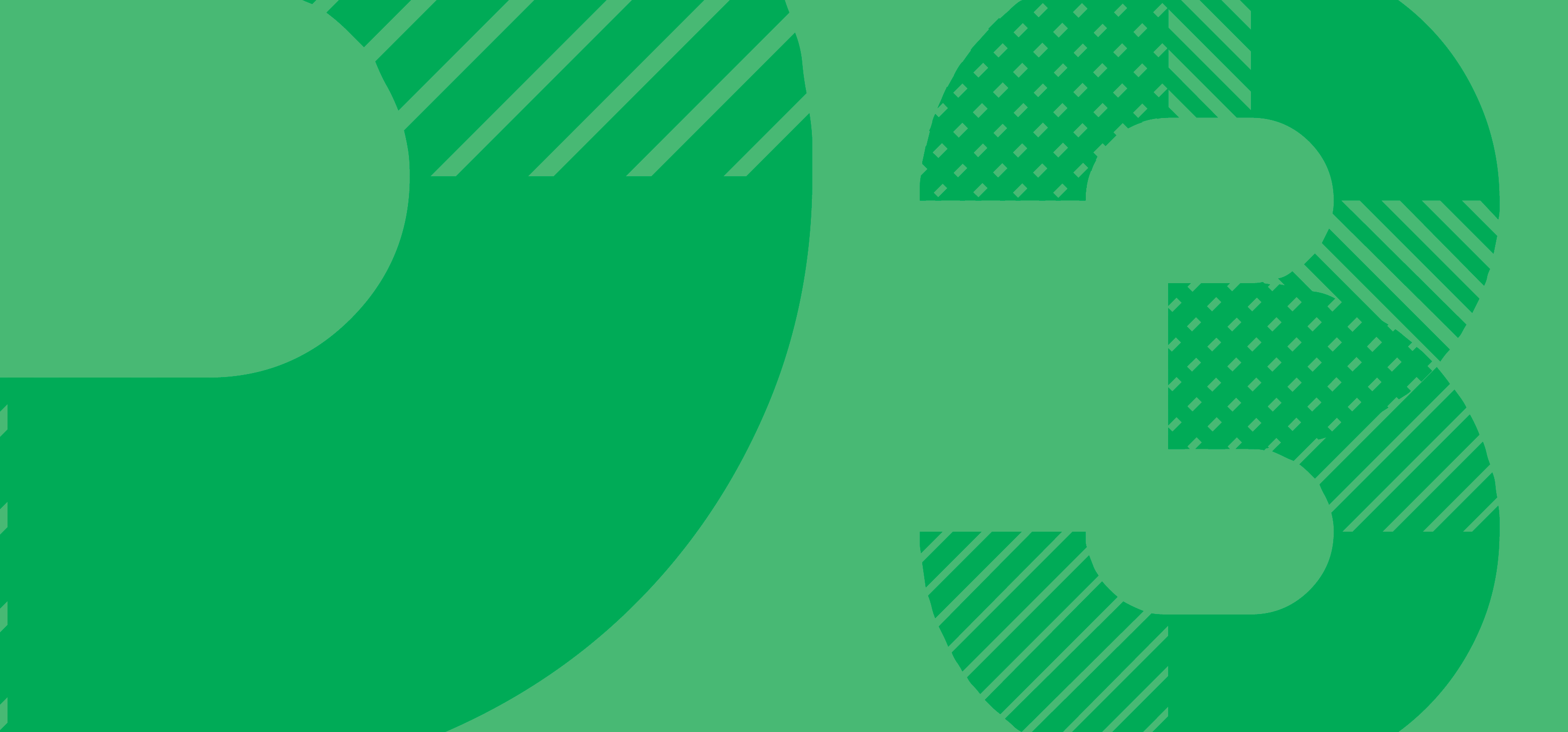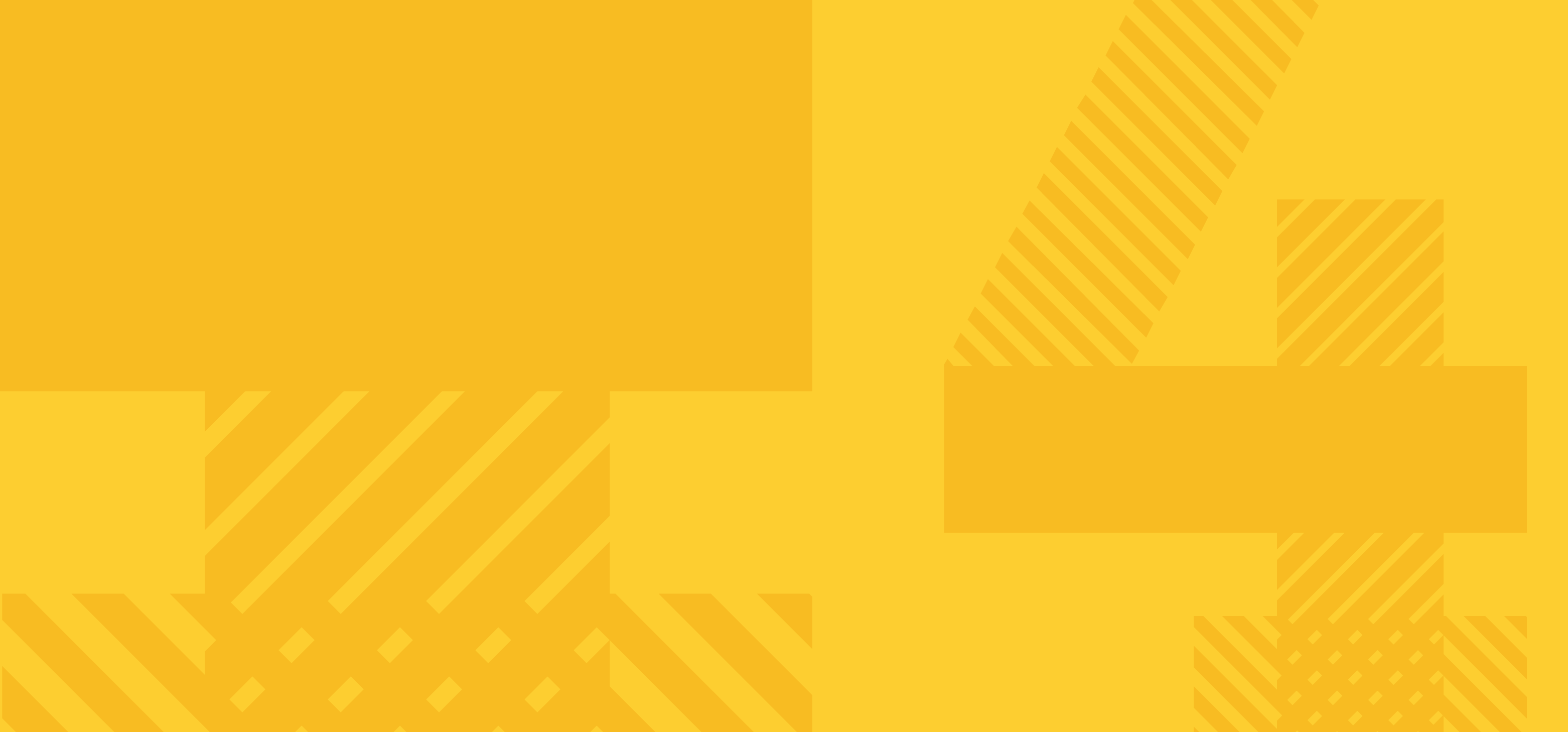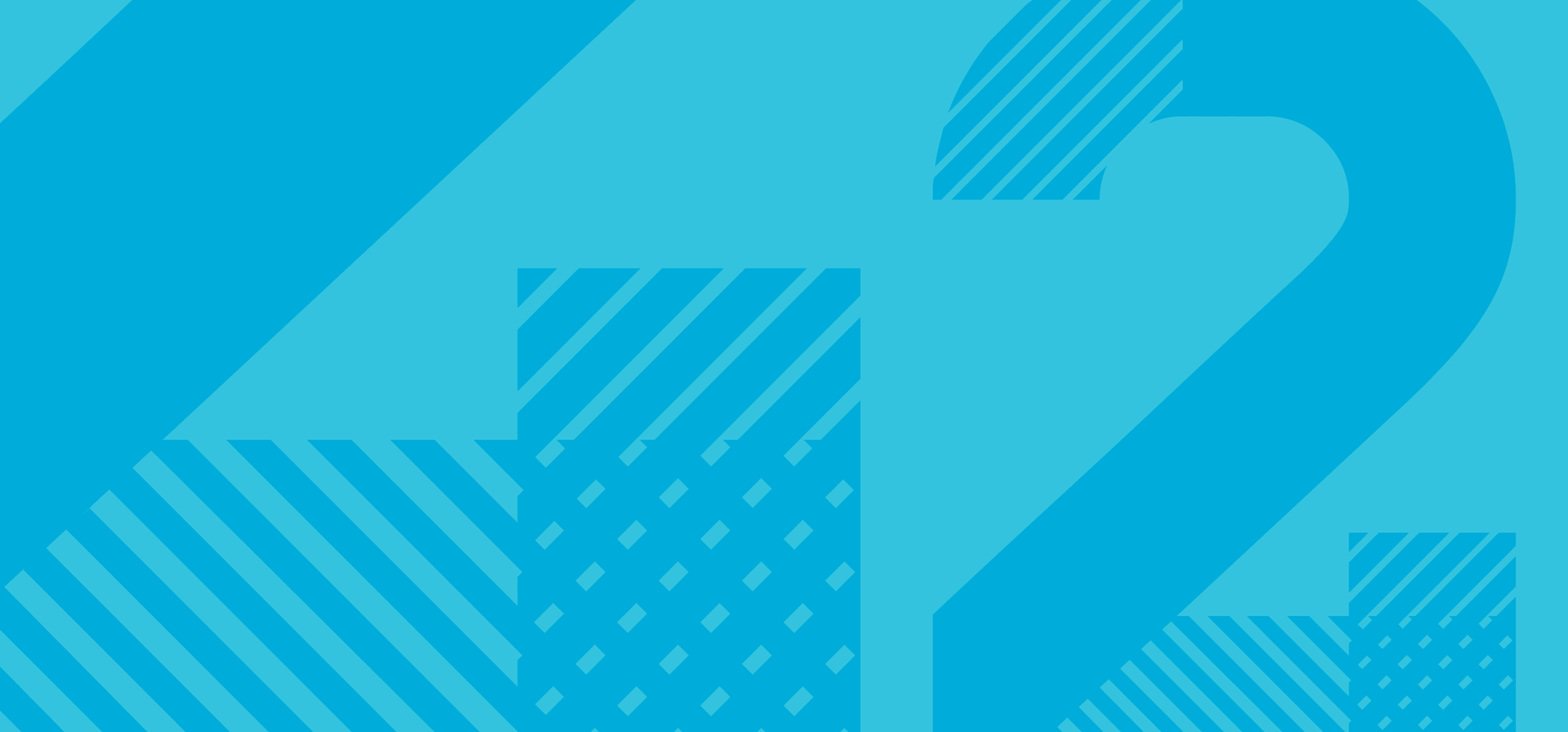
Block Club 2.0: Digital community organization for hyper-local innovation
Knight Foundation asked four leading scholars and community leaders to consider this question: “What is the most important trend that will transform how Americans think about community over the next decade?” Jahmal Cole, Founder and CEO, My Block My Hood My City (M3), shares insights below. Click here to download and view all essays.
The future of “community” is rekindling the spirit of local organization. In Chicago, the most local form of community organization is the block club. On average, these block clubs consist of the residents of 35 homes. On my block there are 16 houses on one side of the street and 19 on the opposite side. Democracy and community within our city start at the block level. The more connected we are, the safer, happier, and healthier we are.
Grassroots Government by the People
For those of you who may have never heard of a block club, let me explain. A block club is a group of people who live on a specific city block (smallest area of land surrounded by streets) within a neighborhood. The primary purpose of block clubs is to improve the local quality of life through organizing and social action. They connect with each other to share ideas about what needs to happen to strengthen their neighborhood and find ways to combine their efforts toward making it happen. Lately, I would argue that many of these block clubs have lost their steam and lack a clear vision for community improvement. We need these community organizations, and we need them to innovate to keep pace with changing neighborhood conditions. Due to a lack of resources and opportunities, neighborhoods on the south and west sides of Chicago have suffered economic hardship and the loss of hope for themselves and their communities. As a result, these neighborhoods are plagued by what I call a poverty of imagination, or simply stated, a lack of ideas. Ideas are powerful tools! One idea can change the world.
Democracy and community within our city start at the block level.
We blame elected officials for community conditions: the neglected alleys, trash in the parks, high crime rates, and failing schools. This blame excuses a lack of personal responsibility. The reality is that the mayor doesn’t demand that you get to know your neighbors, but if you want your block to be safer, you must know your neighbors and work together to strive for better conditions. It isn’t an alderman’s job to pick up trash in our alleys and they cannot demand residents to do so. However, if you want to rid your block of blight and vermin, the demand is on you to take action and pick up that trash. Government is not a cure-all for every ailment in our struggling neighborhoods. To improve our quality of life, there must be personal accountability, initiative, creativity, and ideas. The purpose of block clubs is to create an organized environment that instills that spirit and capacity for action in its residents.
Embracing Social to Lead Local
Just as new leaders are elected based on the needs and vision of Chicago’s residents, a new style of leadership is needed at the local level to address the needs and vision of our communities. That style must include and embrace technology. What a time to be alive and organizing! There are technologies that allow leadership to communicate directly with their stakeholders. Chatbots allow them to communicate with followers and target their campaigns. Mobile devices enable immediate sharing of information, including livestreams and podcasts. Online surveys and polls provide interactive feedback from constituents, and social media sites like Facebook, Twitter, YouTube, and Instagram provide a wealth of social media influence and interaction to both leaders and their followers. President Barack Obama used social media to increase his visibility and win the 2008 presidential election. Of course, there are risks and downsides with this connectivity too. And many leaders don’t know how to use technology to effectively engage with the world. An online survey by Harris Poll showed that nearly 70 percent of leaders don’t know how to build a brand that a city can get behind. Communication and interaction are critical to the success of both leaders and organizations, including block clubs. These clubs are social groups offline, and they can be social groups online, as well. The organization I founded, My Block, My Hood, My City (M3) works to elevate these block clubs and their mission in order to promote peace and prosperity in Chicago’s under-resourced communities. M3 was born out of my love for traveling and helping people. I don’t think you can truly love helping people if you’re not willing to travel to them. You can understand and share another person’s feelings, but a true leader moves beyond empathy to compassion. Compassion entails not only sympathetically understanding another person’s distress but also having the desire to do something about it. I have empathy when I hear a snowstorm is rolling in, but it is compassion that makes me grab my shovel and clear snow on a whole block. I am empathetic about kids not having access to opportunities in Chicago. They’ve never been downtown and seen Lake Michigan, waved for a taxi or been in an elevator. Compassion drove me to get a 15-passenger van and start an Explorers Program so I can transport underserved youth so they can have these experiences.
Technology and social media provide our block clubs with a way to connect, communicate and interact. M3’s One Block at a Time uses Facebook to organize block clubs in Chicago. “One Block” currently has 50 block clubs chartered with M3, each with 35 members that represent the 35 homes on the block. The block club administrator, known as the block club captain, can disseminate information quickly, easily, and freely to those members as needed. Regular updates about block activities and issues are shared within seconds. Video chats can take the place of physical meetings, allowing more members access and the ability to participate and contribute to the issues at hand. They can take advantage of the M3 Facebook Page Units, where they can access heating tips during a polar vortex and find resources to assist during extreme heat waves.
M3 tutorials help residents start their own block clubs and find new ways to connect to hyperlocal civic organizations on Chicago’s south and west sides. We help them use technology to find and support volunteers, identify resources, share ideas, and seek advice. M3’s One Block at a Time program provides supports to them, including branding with new block club signs. These signs are designed by Chicago high school students and graphic artists, with positive and inclusive messaging, and installed by M3 staff. In addition, One Block at a Time organizes beautification projects, including alley cleanups, vacant lot and abandoned building maintenance, garden installation, and yard work and snow removal for seniors. This work incorporates M3’s full network of volunteers, Chicago students who are completing service hours and M3 Explorers interested in growth opportunities over summer break.
In the process of organizing block clubs, M3 also creates their Facebook group and trains the members of the clubs to use Facebook and access the features that are available, including sign up information and fliers to promote their club. We encourage civic advocacy, sharing how block clubs can advocate for necessary city services, including speed bumps, stop signs, street lights, and park repairs or maintenance. Technology and social media expand our outreach and ability to virtually travel to individual neighborhoods.
Through M3 and social media, I know I am not alone. There are residents, both within and outside these neighborhoods, who have the empathy and compassion to contribute to our communities and help solve our issues.
Block Clubs 2.0
Block clubs are not new — they have been instrumental in uniting neighborhoods for decades. In the next decade, technology will allow us to redefine leadership to create a playbook for community leaders. That technology is increasing every day, providing us with the space we need to unite and be innovative as we work together to address the issues and problems we face. One Block at a Time seeks to reimagine block clubs so they promote inspiring and positive messages, rather than restrictions, such as “no littering” and “no loitering.” By promoting positive messages, such as “Where all guests leave as friends,” we aim to create environments focused on “yes.” Positive phrasing reinforces positive attitudes and positive actions.
In the next decade, technology will allow us to redefine leadership to create a playbook for community leaders. That technology is increasing every day, providing us with the space we need to unite and be innovative as we work together to address the issues and problems we face.
Bringing block clubs into the 21st century means more than new block club signs; it means helping them use technology that will foster greater interconnectivity amongst their members. There is already plenty of technology in Chicago’s under-resourced communities. There are shot-spotters microphones on poles that record gun shots. There are blue light cameras that record and report criminal activity in the vicinity. There are cameras that identify vehicles exceeding the speed limit and speed cameras and red-light cameras that issue automatic tickets to those who fail to stop at an intersection. These technologies are being used reactively. While their purpose is intended to increase public safety and deter crime, there is concern that they do not deter crime, but merely encourage criminal activity to move down the block, out of the scope of the camera. In addition, they are viewed as a negative reflection of neighborhoods, labeling most or all of its residents as criminals, and because they are constantly recording everyone’s movements, they are considered to be a violation of privacy. Therefore, they are destructive to the psyche of the people who reside there.
I have been experimenting with ways to use technology constructively, using social media tools to build community, not to label communities or take valuable revenue or resources from them.
For example, on Feb. 9, 2018, there was a huge snowstorm in Chicago, and the city became quickly overwhelmed. I live in Chatham, on the south side of Chicago, where 60 percent of the residents are senior citizens. These seniors couldn’t shovel for themselves and were basically barricaded in their homes for day. Some had doctor or hospital appointments and/ or other important obligations, and they needed to be able to safely walk out of their homes and drive their vehicles. I went to Facebook to seek volunteer support. On that day, I saw the power of a single Facebook post.
My single Facebook post received 26,811 reactions (emojis), 1,842 comments (which I read), 5,960 shares, and 244 clicks to my website. It also captured the attention of local media and got over 26,000 shares once it was posted by WGN, a local Chicago television news station. The next day, over 120 people from all around the Chicago region, some even as far as Indiana, met me at the Chatham train station to shovel for seniors. It was an amazing day for not just the seniors in my community, but also for Chicago as a whole.
This example shows the power of technology and how important it is for local residents and leaders to understand how to use it. This technology could have been very useful in the 1995 Chicago heat wave, which led to 739 heat-related deaths in the city over five days. According to Eric Klinenberg, author of Heat Wave: A Social Autopsy of Disaster in Chicago, most of the victims of the heat wave were elderly and poor residents of the city, who could not afford air conditioning and did not open windows or sleep outside for fear of crime. The outreach and sharing of information about cooling centers and other resource via Facebook and social media might have saved many of those lives lost due to the extreme heat.
Let’s stay with the Facebook example. When it comes to community organizing, My Facebook Ads (campaigns that target specific Facebook profiles, depending on their interests, demographic, etc.) are customized calls to action, where I’m empowered to target a specific geographic region, specific age range, people who match our interests in community issues, volunteerism, civic engagement, and interest in using M3 volunteers to build coalitions across color and class in Chicago. We have volunteers from 60 of Chicago’s 77 communities. Many are Facebook users who learned about us through these ads. The increased technologies available on Facebook, as well as other social media sites, and technology that can be accessed through mobile devices allow leadership of organizations large and small to communicate directly with their following. I intend to increasingly make creative use of this technology.
Chicago has a reputation for being segregated and disconnected, but I believe strongly that there are so many people with good will and a desire to connect who lack the guidance, know-how, and platform to do so. I choose to use Facebook to connect the will to do good and the good that needs to be done. Our leaders need the capacity to choose and use technology constructively, to build communities through volunteer outreach, targeting specific demographics with specific projects, and creating strong and expanding online and physical communities to hurdle the socioeconomic barriers that divide the city. This technology includes Facebook, but it extends to other sites, including YouTube, Twitter, LinkedIn, Instagram, and others.
If used wisely, technology has the power to amplify community organizing and boost movements for social change. If Dr. King was alive today, he wouldn’t be able to accept any more incoming friend requests on Facebook. He would have reached his 5,000 connections limit long ago. Next to his 180 x 180 pixel profile picture would be a blue verification badge, letting people know that his profile is authentic. The custom banner for his public figure page would mirror his profile picture. His team would have surely figured out long ago that the Facebook cover photo size is 828 x 315 px, and they wouldn’t cut corners on this because the image size is important; if it’s wrong, it will reflect poorly on your brand. If the sizing is off, the images will become blurry. Dr. King would engage his online community daily with questions about issues and policies, and in this way, everyone would like they are a part of the movement.
Dr. King would be listed as administrator of The Southern Christian Leadership Conference page, but the actual page would be managed by a national team because it’s a nationwide organization. They would set up Facebook groups for each SCLC chapter in every membered city. These groups would provide a space to communicate shared interests with certain people. SCLC online talk or “chat” would center around local political advocacy, outreach programs, and bringing a voice to issues in both online and physical spaces. Each chapter would have its own group administrator, and the members of each group would be residents of each city. Admins of each chapter/group would use analytics like Group Insights to understand how members engage within groups, discover who the most active group members are, and learn which posts have the most engagement.
Now this functionality doesn’t currently exist, but Dr. King would work with Facebook to allow boosted posts within groups. Currently, Facebook only allows boosted posts from the main page, but not within groups. As a result, a great deal of important information from Dr. King and/or the national headquarter office could go unseen by group members, especially if there are thousands of folks in each group.
SCLC admins would have mastered Facebook ads and marketing. They would be able to create a targeted reach to members in their individual cities for a specific event without having to post the event on the main page. Dr. King wouldn’t be using Facebook boosts randomly — he would already be logging into his desktop and using Facebook ads as customized calls to action, targeting specific geographic regions, specific age ranges, people whose interests match community issues, volunteerism, civic engagement, activism, civil rights, human rights, causes. etc. I imagine Dr. King speaking with Nelson Mandela in South Africa on What’s App. But I believe he would be far too savvy to use this tool solely for text messaging friends overseas. He would take advantage of What’s App groups to conduct private meetings with these global leaders, national and internationally. What’s App allows you to see if a person read the message, as well, so it’s quite useful.
Facebook Pixels would be installed on the SCLC website along with search engine optimization. Blue Jeans technology would be used to livestream Dr. King’s presentation all over the world. Can you imagine Dr. King going live on Facebook from the March on Washington or the Edmund Pettus Bridge? If Malcolm X was alive, he would livestream his speeches from the Harlem Ballroom using Blue Jeans by Facebook.
I am sure Dr. King would be amazed by the technological tools and resources that are available to us today, and I’m just as certain that he would have taken advantage of them. Like me, he would have understood that technology provides us with a powerful tool to affect social change. It is an effective way to build both physical and online communities through sophisticated marketing strategies and the best tools available.
Unlike generations ago, our leaders today have to consider not just their physical presence and publicity, but they must also consider the social impact of their work and the massive, even viral, online presence they can build through that work. Human ideas can shape technology, but it is just as true that technology empowers our ideas. When the two join forces, the possibilities to impact change within a community or within the world are infinite.
People don’t need to feel isolated or alone in their desire to improve their lives and their neighborhoods. They are not one against many; they are one among many.
There are technologies in place that will allow networks of block clubs and their leaders, so they can share advice and mentor other new and/or existing block clubs. The SCLC used the tools and resources available to spread its message, vision, and mission. One Block at a Time will follow suit and continue to use technology and social media to expand our outreach and influence to bring prosperity and growth to the neighborhoods we serve. Positive actions and attitudes will only prevail if people are aware of them. There is power in numbers, and technology enables One Block to increase our following and support one resident at a time, one block at a time, and one community at a time. People don’t need to feel isolated or alone in their desire to improve their lives and their neighborhoods. They are not one against many; they are one among many.
Block clubs are governments by the people at the grassroots level. Larger governmental agencies are critical to us, and we are in need of their investment of time, money, resources, and ideas. However, resident investment in our own neighborhoods can produce improvements in many aspects of our lives, including our safety, crime rate, educational facilities, and the condition of our parks. We are aware of our problems because we are closest to them, and resident by resident, block by block, we can unite to find solutions to those problems by innovating at the hyper-local level.
Change and innovation start with individual residents. The policy makers in Chicago are temporary and will change with every election cycle. Problems in our local communities will outlive their terms of office. The real power doesn’t lie in government, but in the residents. Block groups provide them with the forum and means to be heard and to experiment and innovate — often with the help of technology — to ultimately find local solutions to local problems. Government agencies play a crucial role in creating an environment that will support this local innovation.
Communities need space for their voices to be heard and their ideas to grow — an online presence where they can be present, innovate, and develop solutions for the betterment of all. If we take the building blocks of block clubs to the next level by helping them create and sustain online communities, we can work together to make the changes that allow us all to prosper.
About the Author
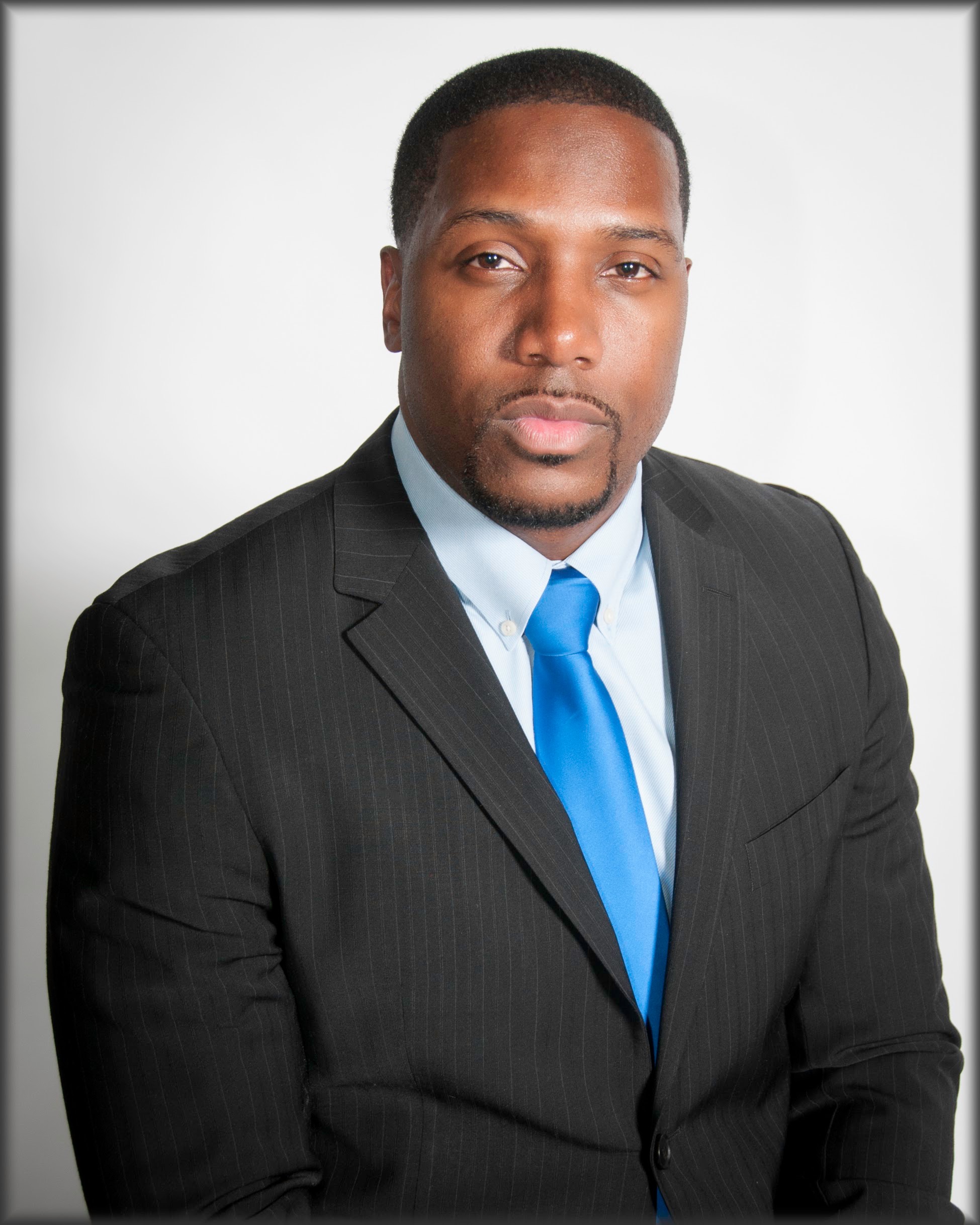
Jahmal Cole
A champion of social justice, Jahmal Cole’s mission is to build a more interconnected Chicago on the pillars of service and education. As the founder and CEO of one of Chicago’s fastest growing social impact organizations, My Block My Hood My City, Cole is the creator of an exposure-based education program for teens and a network of volunteer initiatives that serve Chicago communities year-round. Traveling, youth mentorship and community organizing are the subjects of Cole’s acclaimed books and speeches. He has spoken to audiences ranging from high school students to the Mayor of Chicago. Cole is most recently the recipient of the 2019 Champion of Freedom Award from Mayor Rahm Emanuel, the 2018 Chicago Defender Men of Excellence Honoree, and the 2018 Chicago City Council Resolution Award. In 2018, he was also named one of the “20 Most Inspiring Chicagoans” by Streetwise Magazine and a Chicagoan of the Year by Chicago Magazine.
Click here to download essay. The author’s views expressed in this essay are his own.
you may also b e interested in…
-
Community Impact / Report
-
Community Impact / Article
-
Community Impact / Article
-
Community Impact / Article
Recent Content
-
Community Impactarticle ·
-
Community Impactarticle ·
-
Community Impactarticle ·
